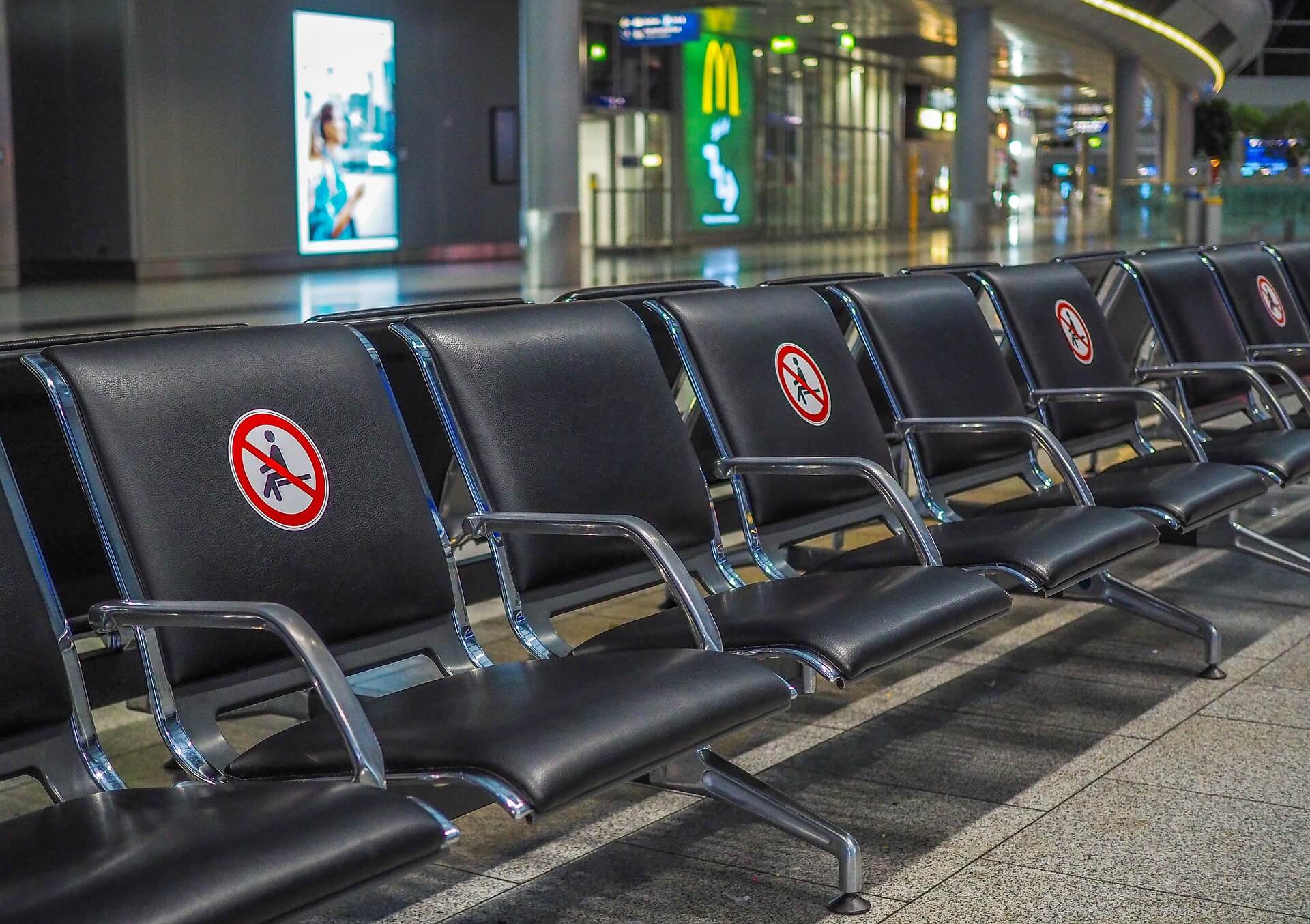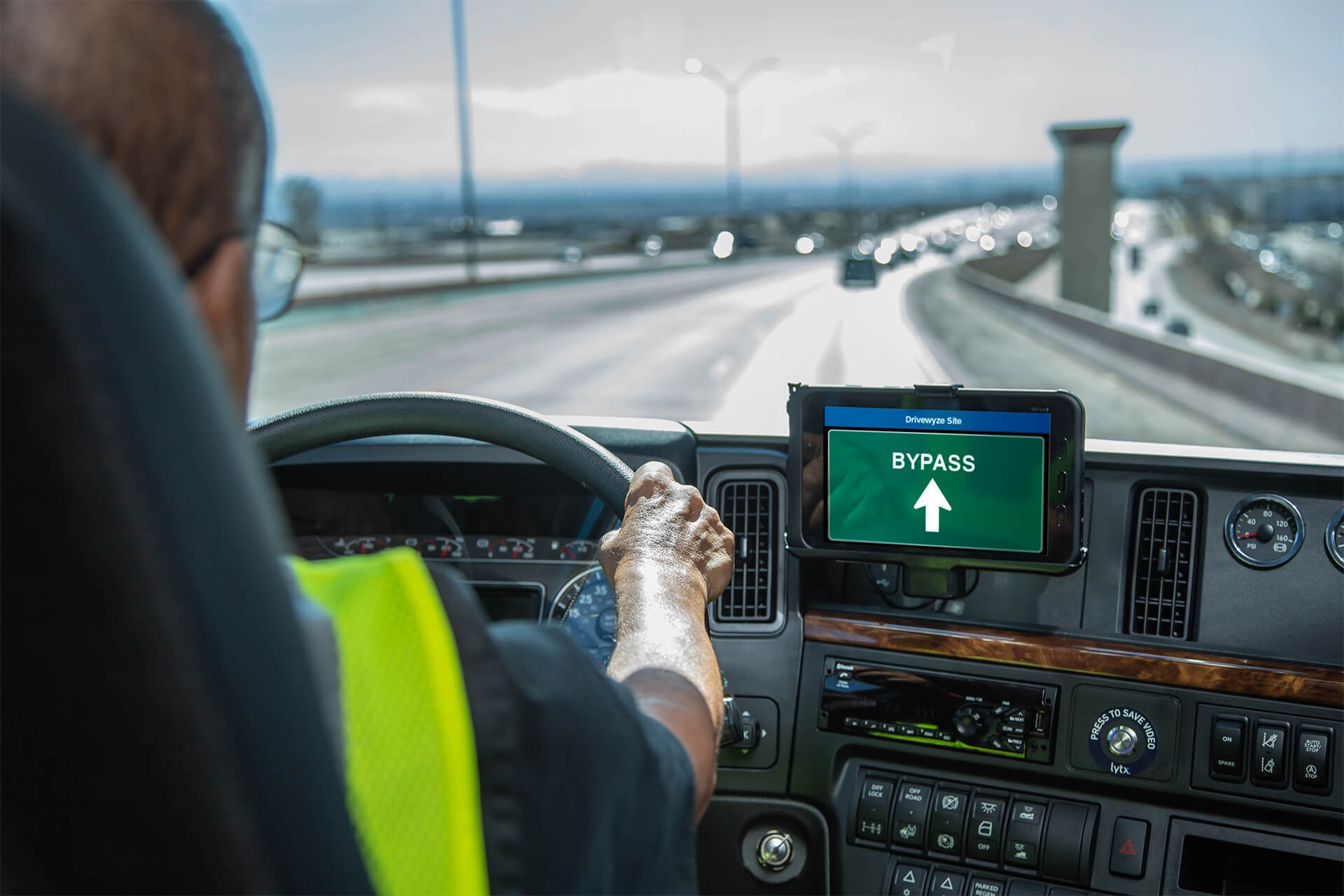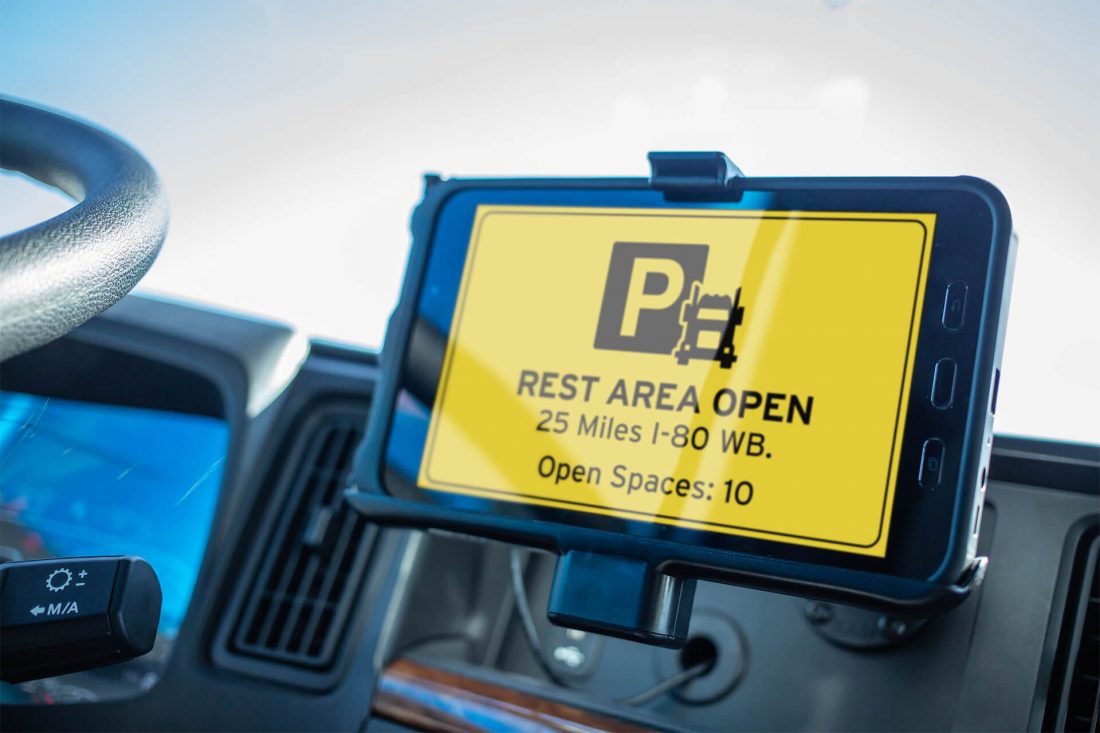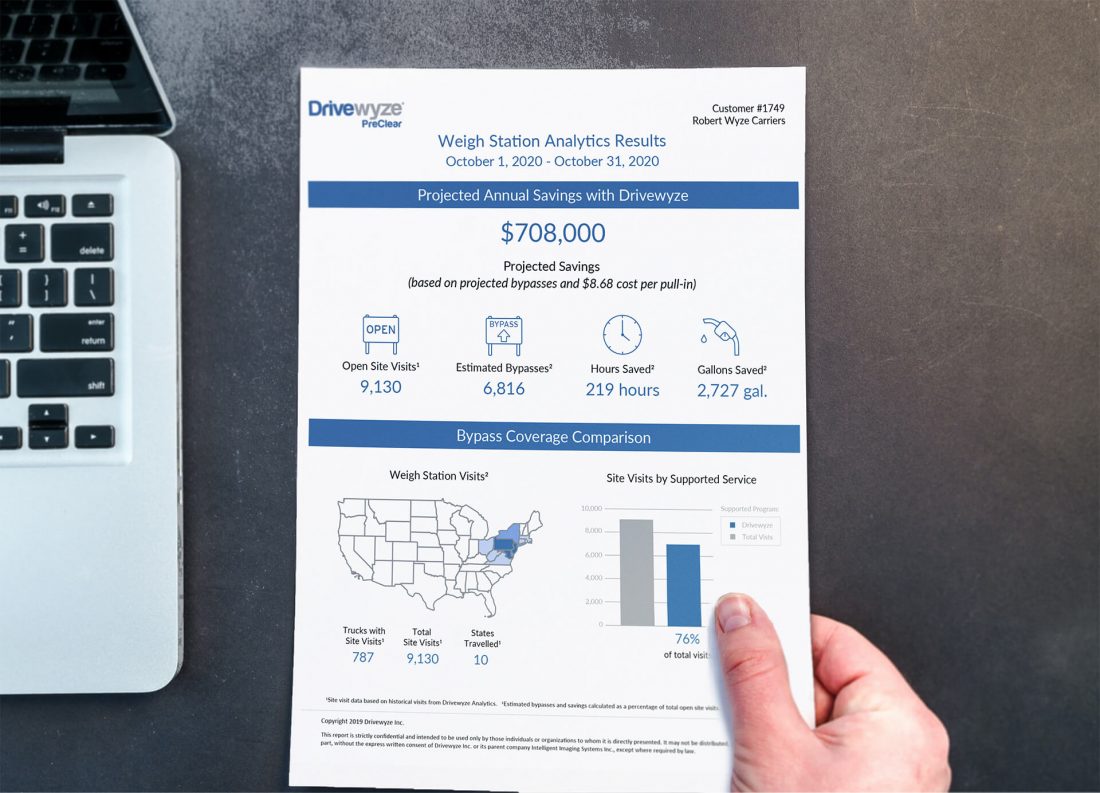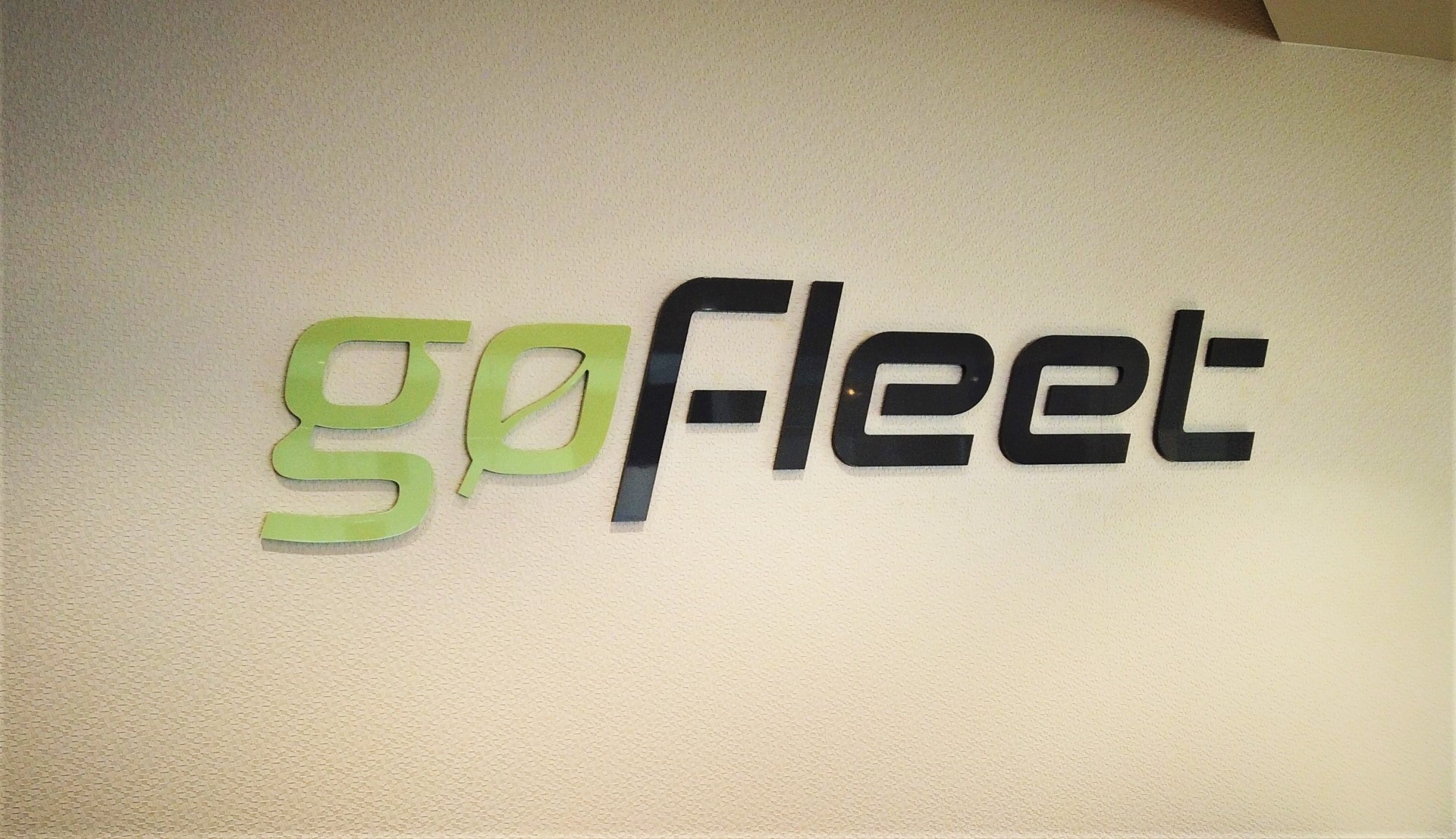Telematics has been the key to improving fleets over the past several years. It all began with asset trackers, a solution to track data about various aspects of a vehicle to enhance fleet processes. With developing technologies, asset trackers are improving in terms of their ping rate, the rate at which the data is updated. Increasing ping rate has led to the invention of live tracking and helped improve scenarios of theft and liability insurance.
Live Tracking – Updating Data Per Second
Setting up constant pings allows fleets to know the exact location and other variables about a vehicle every second. With live tracking, fleets have better communication with their drivers, allowing them to give better instructions allowing them to finish tasks faster. This real time tracking enables fleets to increase the amount of service calls per day by approximately 23%. Fleets are able to keep an eye on their drivers and drivers being aware about this, improve their driving habits to proper standards.
A faster ping rate also allows for faster response rate. On average, the drivers that are monitored with a real-time tracking system arrive within the promised response time 46% more often. With better driving taking place, fleets can manage their expenses effectively by decreasing idle times, improving dispatching and routing, monitoring speed and getting an alert to stay informed of necessary vehicle maintenance.
Live tracking opens up ways for not having to rely on drivers to record all their mileage logs. This information will automatically be calculated and reported by the real time tracking system. One of our solutions the GO9, implements live tracking offering industries fastest updates along with several other features.
What differentiates the GO9 from the rest is that the framework provided is built around new technologies and platforms and has extended capabilities related to electric vehicles and global expansion.
Moreover, the addition of the gyroscope is what makes the difference. The gyroscope within the GO9 enriches data with additional granularity. It improves on the current X/Y/Z axis acceleration logging by providing a real time sense of the vehicle’s orientation. This results in better accuracy with tracking and analyzing vehicle movement. This is beneficial specifically on winding or bumpy roads and more importantly, for collision reconstruction where a second by second breakdown of events is required.
Theft Reduction – How Fast Ping Rates Mean Fast Asset Recovery
As mentioned before, the higher the ping rate, the higher the frequency of updates and the more accurate data fleets have to work with. This is especially beneficial for scenarios where theft is being dealt with. Imagine sitting at a desk and looking over a spreadsheet of assets when suddenly, an asset worth $150,000 is unaccounted for. How will it be recovered?
Unfortunately, recovery of stolen equipment is not as common as it should be. Thieves often are able to make off with expensive equipment before getting caught. This is a result of delays in discovery and reporting of thefts, nonexistent or inaccurate records and confusing equipment identification systems.
Asset tracking makes it simple. It allows fleets to monitor the last known location of assets, whether an asset is on or off, and if it’s idling or actively moving. Depending on the solution implemented, it can provide fleets with additional data including pressure, temperature, travel speed, acceleration and deceleration.
Proper tracking eliminates the delay in the reporting of equipment theft and can also track the location of the stolen item. It also provides you with documented data that law enforcement can use in the event of theft.
Another type of enforcement, geofencing, also known as a virtual boundary, can be set in place for any geographic area. If an asset were to travel outside or enters into any set geofence perimeter, alerts can be set to automatically notify fleets about the movement. This enables you to track when employees arrive at or leave a job site, receive confirmation when a shipment arrives at a delivery location and mark a specific area as a “no entry” zone for any given asset.
Liability Insurance – Ensuring Costs Remain Within Budget
Fleets relying on vehicles to conduct day to day business invest a great amount in mobile assets and expect a return on investment. Along with the more expected costs of fuel and maintenance, fleets can incur significant hidden expenses and increase liability.
All businesses with fleets shouldn’t only be concerned with their driver’s safety but also be aware of the risks related to liability exposure. To minimize risks, asset tracking solutions can be implemented to stay proactive to see potential problems and resolve them.
Improving safety standards should be a top priority as improper safety procedures can put companies at risk and quickly increase their liability for damages incurred by anyone injured in an accident with one of its vehicles.
Unauthorized vehicle use can open fleets to a range of liability problems. Faster ping rates can notify fleets when assets are in use outside of work hours, where they’re being taken at all times during the day and confirm use with historical route data.
Improper maintenance of assets can lead to serious accidents. It is important for fleet managers to be proactive in vehicle upkeep to keep their employees safe and reduce the chances of malfunction on the road. Ensuring fleets stay on track of their preventive maintenance schedule is crucial with the use of alerts set by calendar day, engine on-time, or mileage.
Introducing asset trackers that implement live tracking may seem like an added cost to the budget, but it can save fleets significant amounts in the long run. It will enforce safety procedures and maintenance schedules while better training fleet managers and tracking employees. If your business is looking for a way to reduce overall fleet costs while increasing liability protection, contact our specialists to implement the right fleet tracking software.





